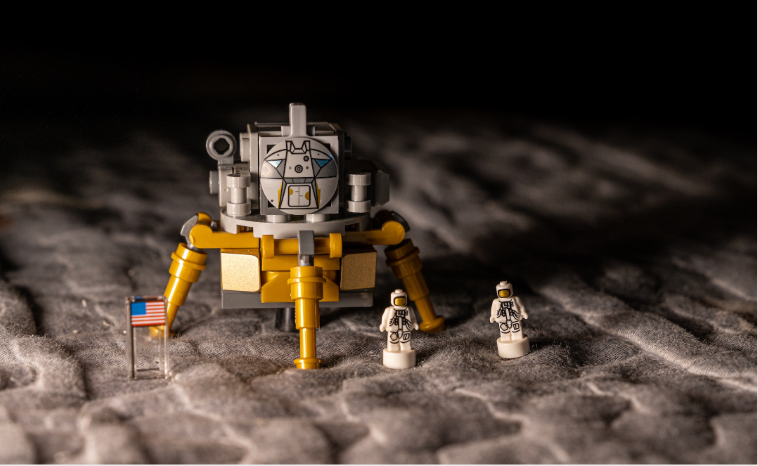Artemis 2 – when does it take off?

The Artemis 2 mission is approaching! The launch of this mission is planned for November next year, and what all the media are happy to point out is that it will be the first time in more than half a century that a human crew will be sent to the Moon.
A similar journey was made last year by its predecessor, Artemis 1, but it was an unmanned flight. The next and main mission should be the Artemis 3 flight with a human crew, which should finally land on the Moon in its south polar region. That event is planned for 2025.
The southern polar region of the Moon is very interesting for scientists and planners of future missions to the Moon because considerable amounts of frozen water have been discovered in it, which, according to some future plans, would enable the construction of permanent bases for a longer stay of man on the Moon.
The crew of Artemis 2 was recently determined and consists of:
Mission Specialist Kristina Koh — Spending 328 days on the ISS, Koh currently holds the record for the longest single spaceflight by a woman.
Commander Reid Wiseman — Former head of NASA’s astronaut office, Wiseman will make his second space flight. He was on Expedition 41 to the International Space Station (ISS) in 2014.
Mission Specialist Jeremy Hansen — A former fighter pilot and Canadian Space Agency (CSA) astronaut who led astronaut training for CSA and NASA.

Pilot Victor Glover — Pilot of the first operational SpaceX Crew Dragon flight to the ISS in 2020.
The Artemis 2 mission was made possible thanks to the success of the Artemis 1 mission. True, there were some irregularities with that mission, but they were not such as to stop the next flight.
The plan is for Artemis 2, after taking a highly elliptical orbit around the Earth, to be directed towards the Moon via a free return path. This trajectory will allow the spacecraft to return to Earth by the force of natural laws even in the event of an engine failure.
The whole mission should last ten days.
JUICE: Mission to Mars
If all goes well and ESA’s Jupiter Ice Moons Explorer (JUICE) probe is successfully launched into space, it will have a long and winding road ahead of it, lasting nearly eight years.
So, the launch should take place during this April. After making a little more than one circle around the Sun, JUICE should meet the Earth in August next year. The fact that the Earth will help with its mass to change the velocity vector will not be anything new.
This time the probe should be helped not only by the Earth, but also by the Moon!
This has never been attempted before. Both the Earth and the Moon have previously assisted the probes, but never both in the same flight through this part of the universe.
And finally, in 2029, in its fourth orbit around the Sun, the spacecraft will fly through the Earth-Moon system for the third time, in order to receive the last push from our planet to leave the inner Solar System and reach distant Jupiter.

